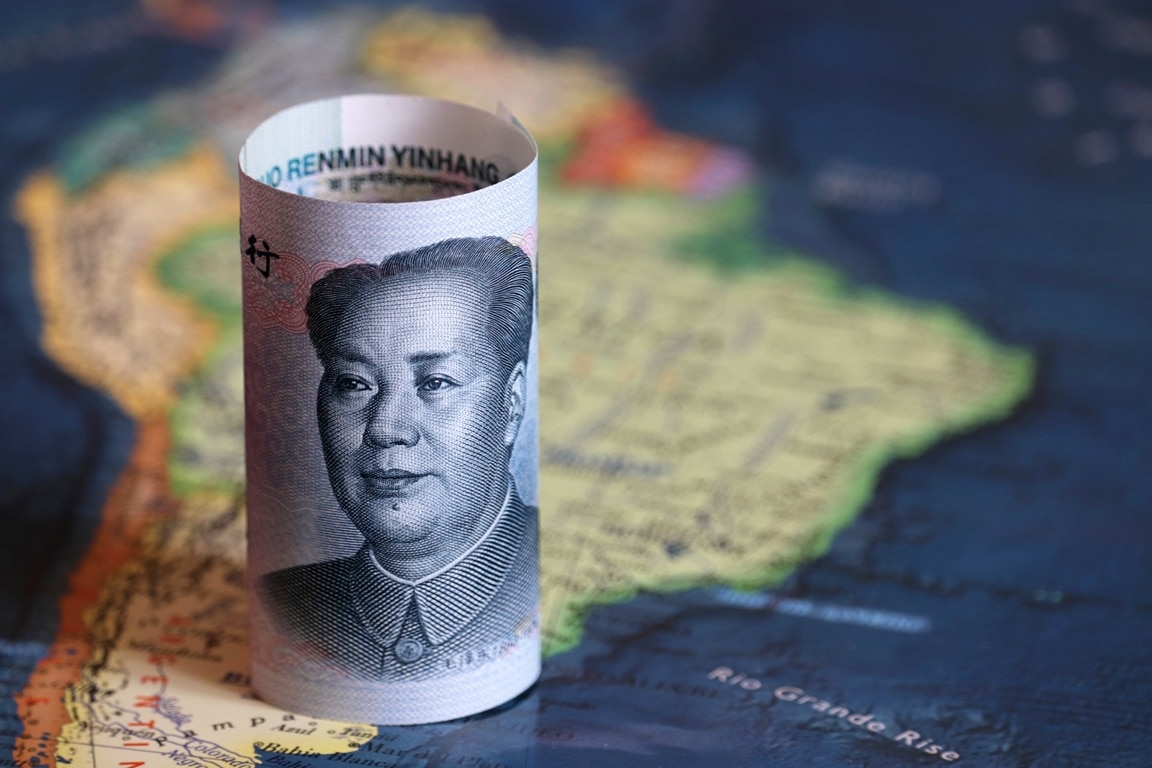
Chinese Yuan Rallied on Monday. How Did the Dollar Fare?
The Chinese yuan climbed up against the U.S. dollar on Monday. Market participants weren’t deterred by the Chinese central bank’s attempt to stem yuan appreciation by reducing capital inflows. The greenback traded lower by about 0.3% on the day against the offshore yuan, at 6.5188.
The U.S. dollar plummeted down on Monday as progress on coronavirus vaccines boosted risk appetite. Meanwhile, the sterling surged forward by more than 1% after Britain, and the European Union agreed on Sunday to continue Brexit negotiations.
On Sunday, the U.S. launched its first shipments of the coronavirus vaccine to distribution centres, giving investors hopes for a swift recovery from the global economic crisis.
The greenback tumbled down by approximately 0.2% against a basket of currencies at 90.621 on Monday. While the currency stayed within December’s ranges, it’s not far from its lowest level since 2018.
On the other hand, the riskier Australian and New Zealand dollars rallied, trading close to their strongest level since 2018. On Monday, the Aussie climbed up by 0.4% versus the dollar at 0.75655.
ING strategists noted that the U.S. currency is starting the week with a disadvantage as risk appetite remains fairly upbeat on the back of lingering hopes around a U.S. fiscal stimulus package, vaccine roll-out news, and some optimism on Brexit negotiations.
According to reports, a $908 billion bipartisan coronavirus relief plan, which could be introduced in the U.S. Congress as early as Monday, may be split into two packages in a bid to win approval.
Possible Brexit deal pushed the Pound forward
Brexit negotiations continue to command the traders’ attention. The sterling is already higher by 1.2% against the dollar. The currency jumped after Britain, and the EU agreed to continue difficult Brexit talks, even though another self-imposed deadline expires on Sunday. The Sterling surged forward by about 0.9% against the euro.
According to ING strategists, in spite of being a very close call at this stage, a deal is the most likely scenario. As a result, they expect a GBP rally to materialize in the next two weeks.
Meanwhile, the euro soared by approximately 0.3% versus the dollar, at $1.2148 on Monday. Thus far, the new restrictions on activity in Europe had a limited impact on market sentiment.
For the week ahead, traders will focus on a series of central bank meetings. MUFG FX strategist Lee Hardman stated that they expect the Federal Reserve’s communication to put much more emphasis on recent downside momentum heading into year-end, as well as risks to the economy over the short-term even as the agency’s forecasts for the economy this year will be revised higher.


